Common misconceptions about American history
American history is filled with tales that have been passed down through generations, but not all of them are accurate. These stories often take on a life of their own, evolving into myths that can skew our understanding of the past. Throughout this article, we’ll explore some of the most common misconceptions and delve into the truth behind these legendary tales. So, buckle up for a journey through time as we set the record straight on some well-known historical narratives.
The Myth of Columbus “Discovering” America
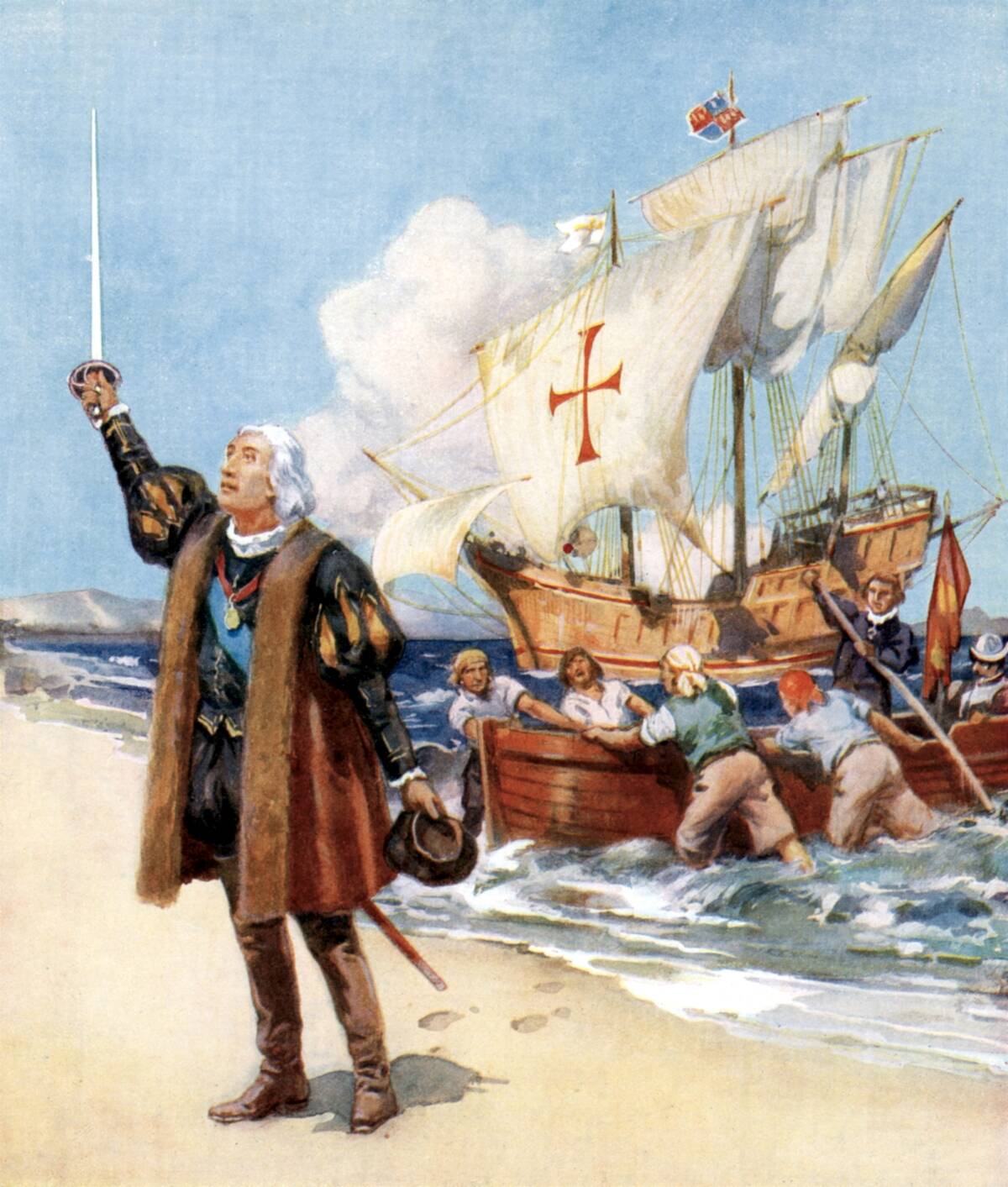
For many years, schoolchildren were taught that Christopher Columbus discovered America in 1492. However, the truth is that indigenous peoples had been living on the continent for thousands of years before Columbus’s arrival. In fact, Norse explorer Leif Erikson is believed to have reached North America around 500 years earlier. Columbus’s voyages did open the door to widespread European exploration and colonization, but he wasn’t the first to set foot on American soil.
The Real Story Behind the First Thanksgiving
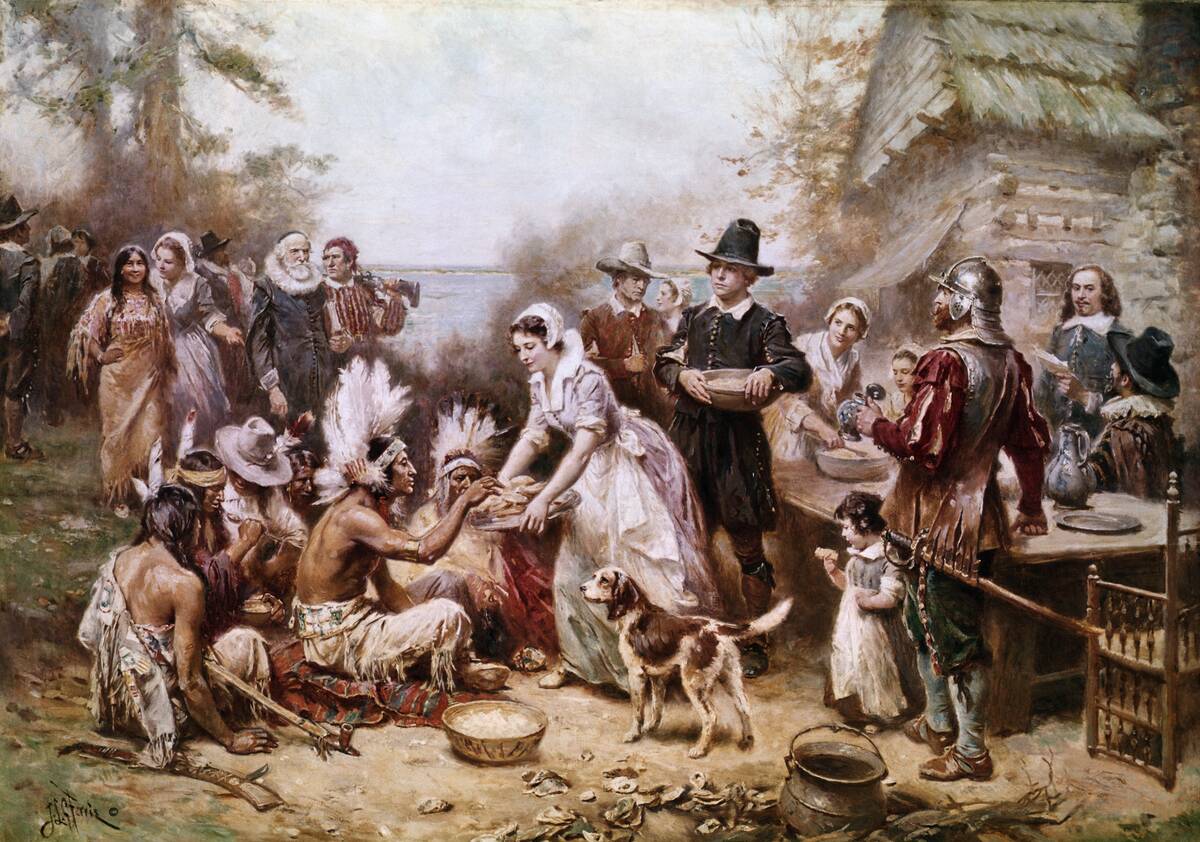
The image of Pilgrims and Native Americans sharing a peaceful meal is a staple of American folklore, but the reality of the first Thanksgiving is more complex. The 1621 harvest feast was indeed a gathering of Pilgrims and the Wampanoag people, but the harmony was short-lived. Tensions soon rose as settlers expanded their territories. The Thanksgiving holiday as we know it today wasn’t formalized until President Abraham Lincoln proclaimed it during the Civil War in 1863.
Understanding Paul Revere’s Famous Midnight Ride
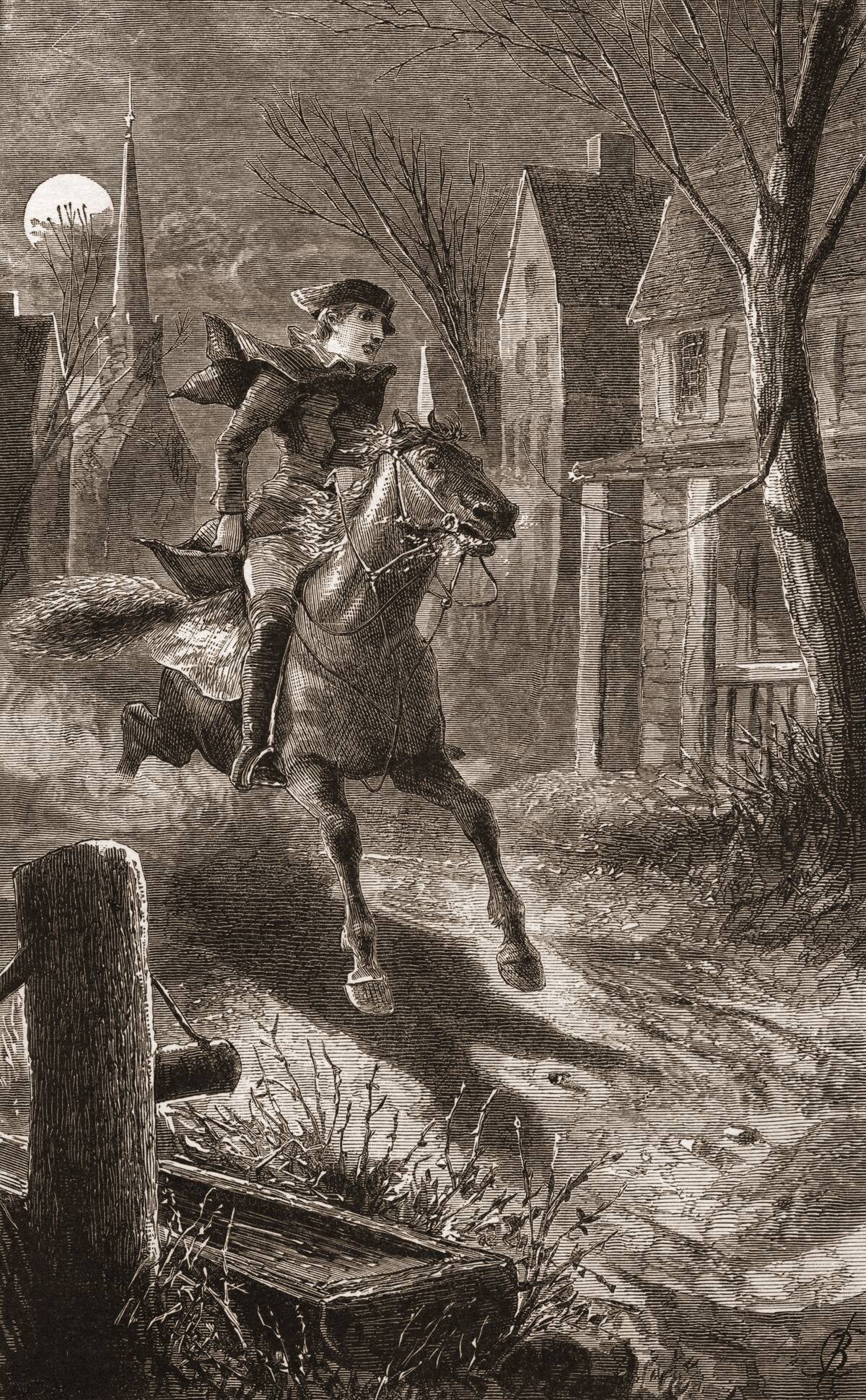
Paul Revere is famed for his midnight ride to warn of the British coming, but he wasn’t alone. In fact, several other riders, including William Dawes and Samuel Prescott, were part of the effort to alert colonial militias. Revere was captured by the British before completing his mission, while Prescott managed to carry the warning to Concord. This collective effort was crucial to the colonial response, but Revere’s name has become synonymous with the event due to Henry Wadsworth Longfellow’s poem.
The Truth About Betsy Ross and the First American Flag
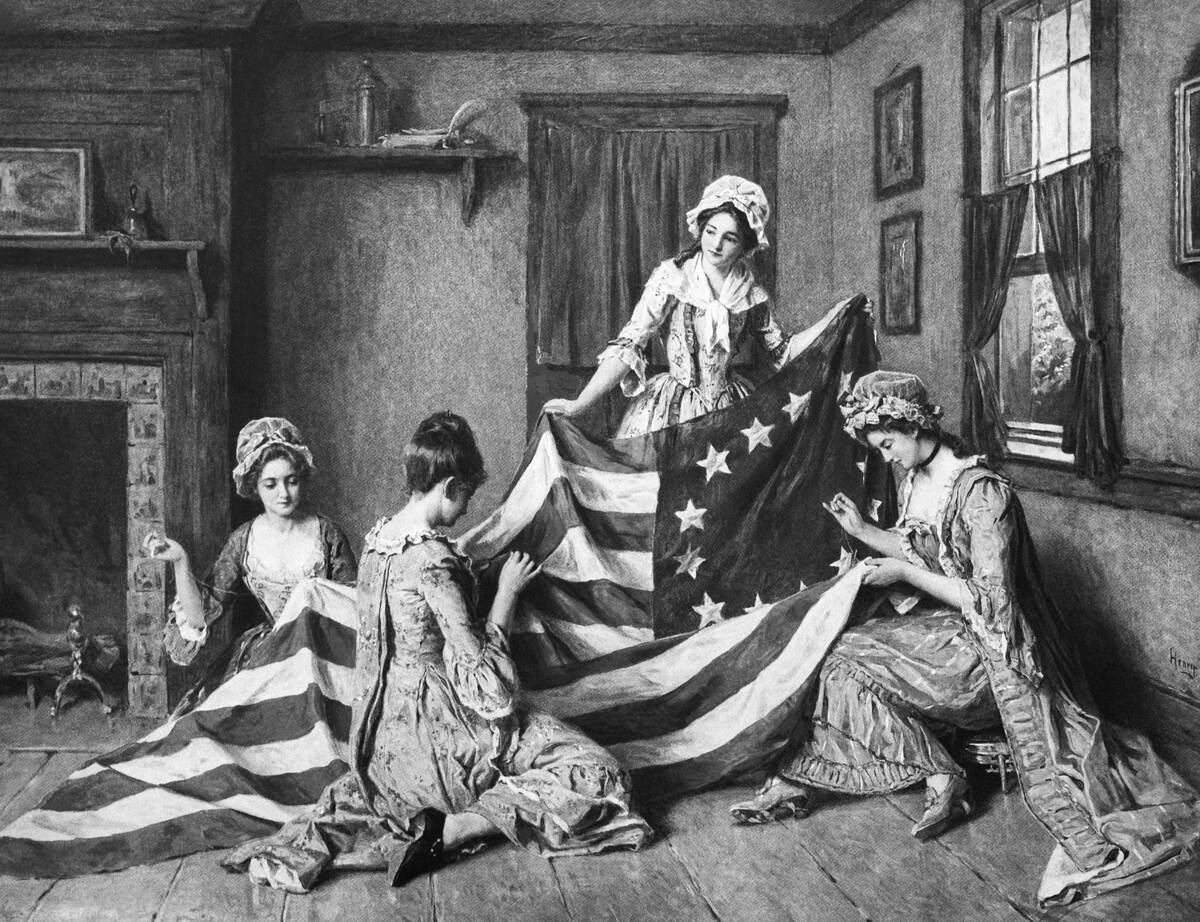
The story of Betsy Ross sewing the first American flag is a cherished part of American folklore, but historical evidence is scant. The tale gained popularity from Ross’s grandson, William Canby, who presented it to the Historical Society of Pennsylvania in 1870. While Ross was indeed a flag maker in Philadelphia, there is no definitive proof that she designed the original flag. The story endures, however, as a symbol of American ingenuity and patriotism.
Debunking the George Washington Cherry Tree Legend

The tale of young George Washington confessing to chopping down his father’s cherry tree is a beloved story of honesty, but it’s purely fictional. This myth was popularized by Parson Weems, Washington’s first biographer, in an effort to provide moral lessons to young readers. While Washington was known for his integrity, there is no historical evidence to support the cherry tree anecdote. Still, the story remains a staple in American cultural folklore.
The Complex Reality of the American Revolution
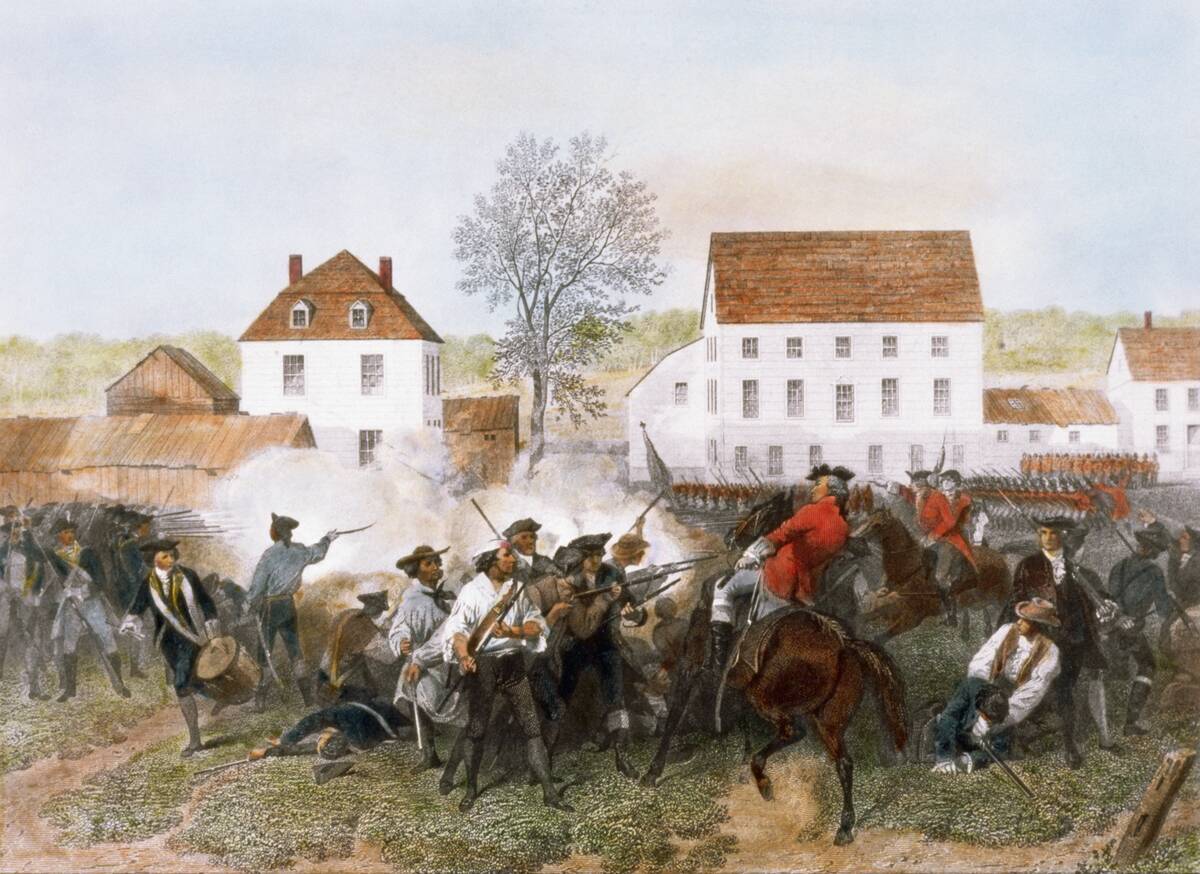
The American Revolution is often portrayed as a straightforward struggle for independence, but it was a complex conflict with diverse motivations. Economic factors, such as opposition to British taxation without representation, played a significant role. Additionally, differing ideologies and political aspirations among the colonies contributed to the revolutionary fervor. The war also had a profound impact on various groups, including enslaved individuals and Native Americans, complicating the narrative of a unified fight for freedom.
The Multifaceted Causes of the Civil War
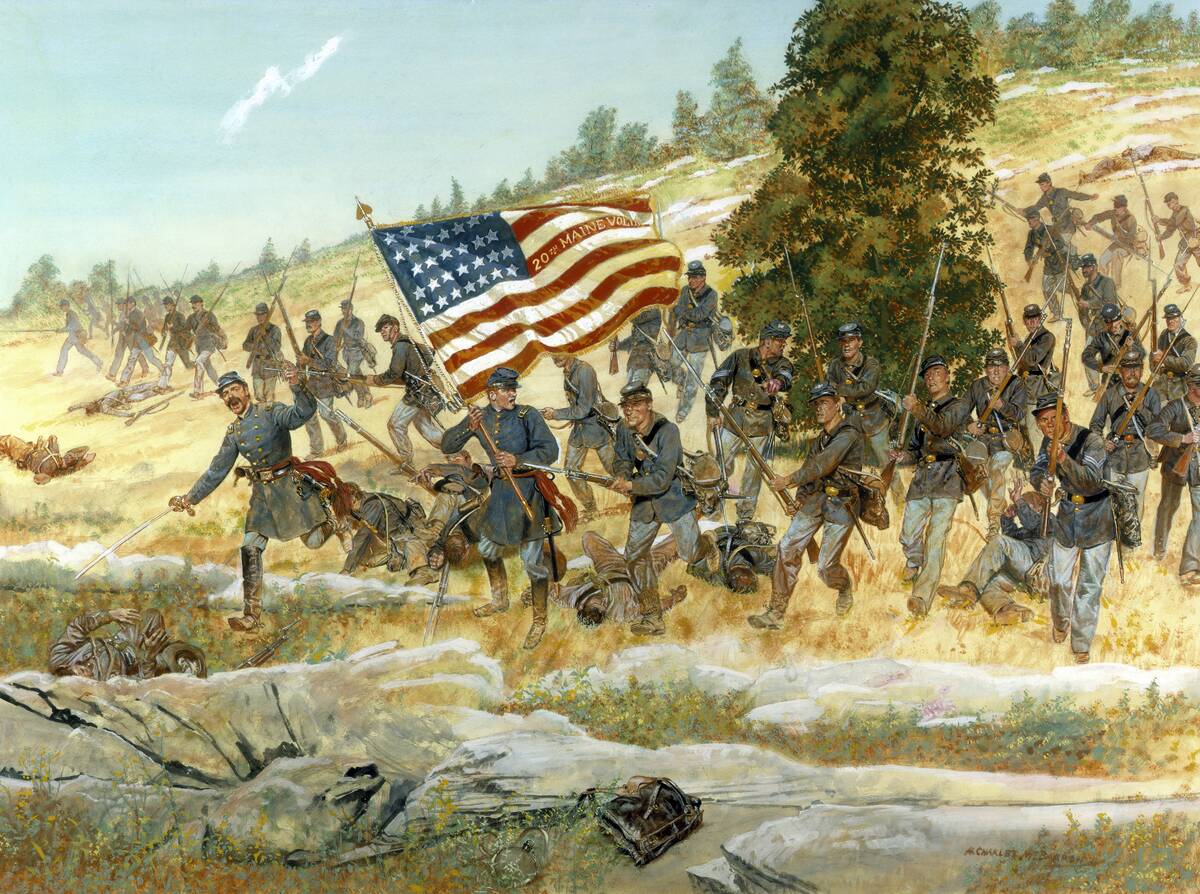
While slavery is often cited as the primary cause of the Civil War, the reality is more nuanced. Economic differences between the industrial North and the agrarian South played a significant role, as did states’ rights issues. The expansion of slavery into new territories was a contentious issue that exacerbated sectional tensions. Although slavery was indeed a central factor, understanding the Civil War requires examining a range of political, economic, and social influences.
Separating Fact from Fiction in the Wild West

The Wild West conjures images of cowboys and outlaws in a lawless land, but the reality was more subdued. While there were certainly instances of violence, many towns had established law enforcement and were relatively peaceful. The portrayal of constant gunfights and chaos was exaggerated by dime novels and later Hollywood films. In truth, the period was marked by rapid expansion, economic opportunity, and significant cultural exchange, rather than incessant disorder.
The Industrial Revolution: More Than Just Inventions
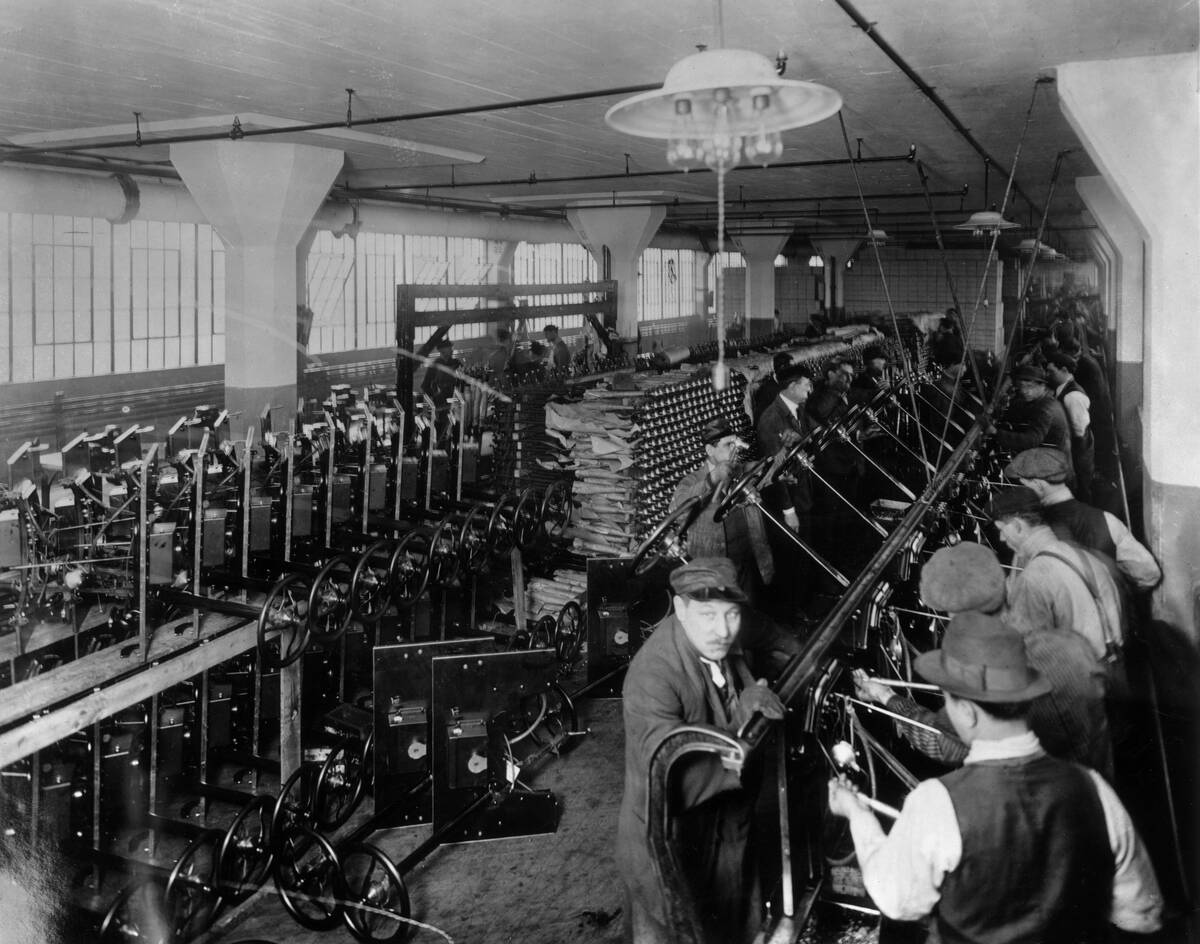
The Industrial Revolution is often celebrated for its technological advancements, but its impact was far-reaching. It transformed economies, reshaped social structures, and influenced urbanization. The era saw significant changes in labor practices, with the rise of factory work and the decline of agrarian lifestyles. While inventions like the steam engine and telegraph were pivotal, the Industrial Revolution also spurred debates about workers’ rights and led to social reforms that shaped modern society.
Misunderstandings About Native American History
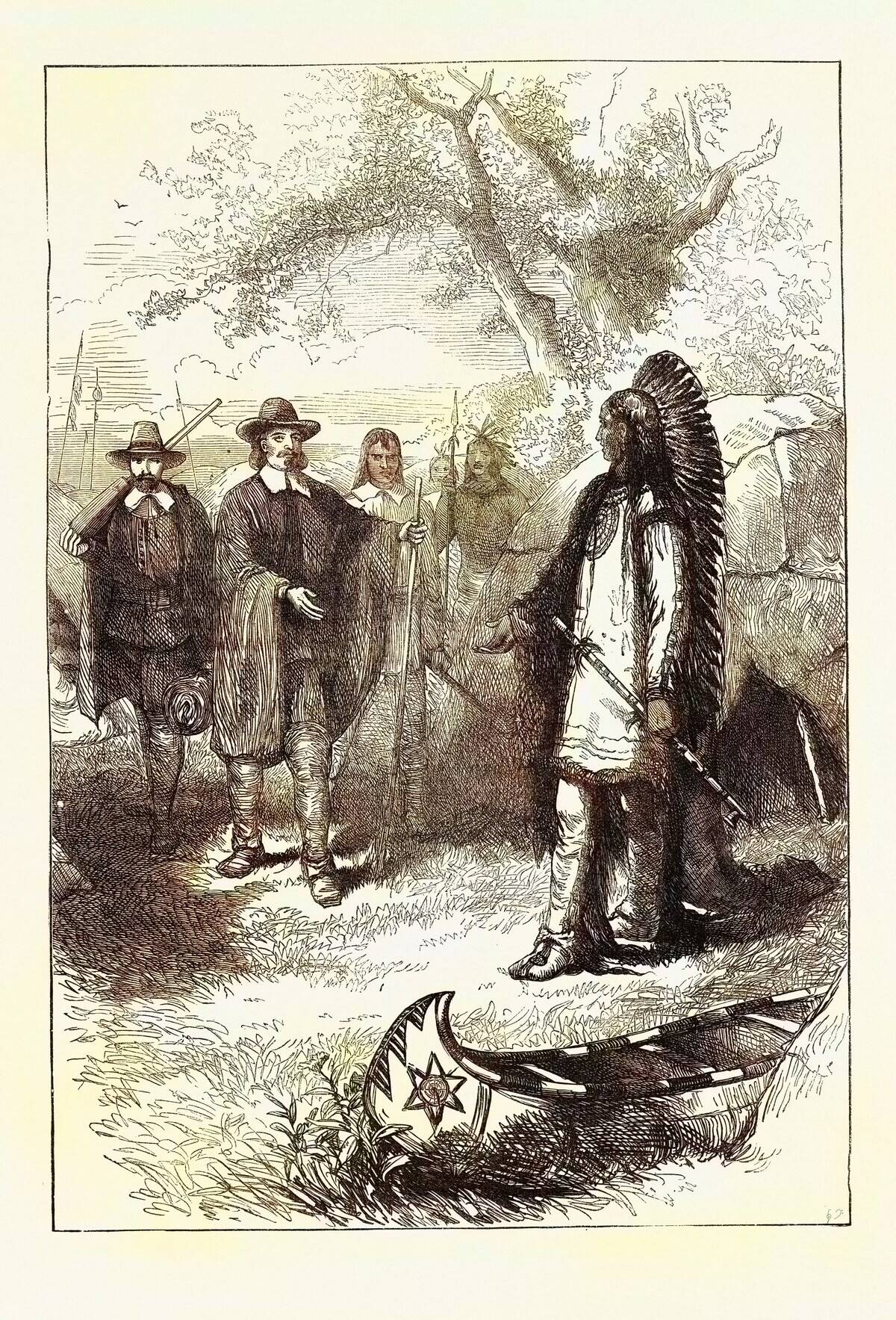
Native American history is often oversimplified or romanticized in popular culture. Indigenous peoples are frequently depicted as either noble savages or victims, overshadowing their diverse cultures, histories, and resilience. Before European contact, Native American societies were complex and varied, with rich traditions and sophisticated governance. Despite facing immense challenges, including forced relocation and cultural assimilation, Native American communities have continuously adapted and thrived, maintaining their cultural heritage and influencing contemporary American life.
The Truth About the Founding Fathers’ Intentions
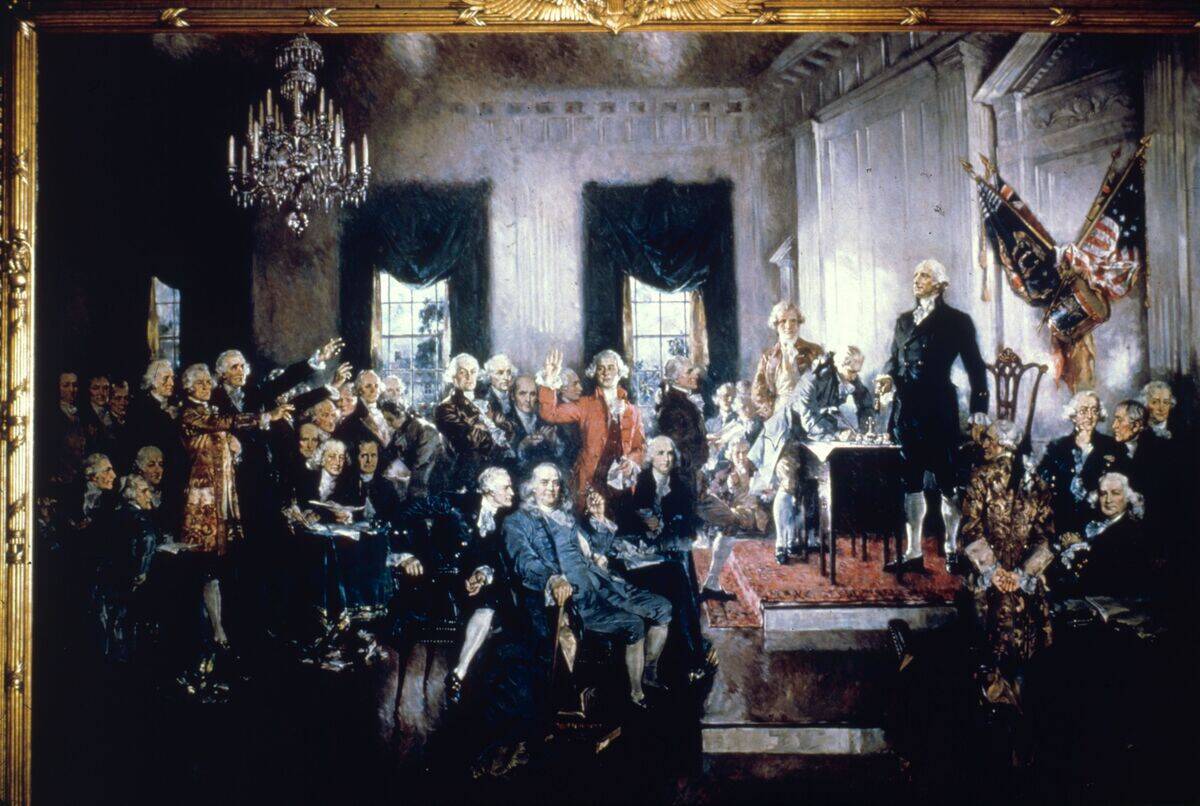
The Founding Fathers are often portrayed as a cohesive group with a unified vision for America, but their intentions were quite varied. Figures like Thomas Jefferson and Alexander Hamilton had starkly different views on government and economic policy. While they shared goals of independence and democracy, their debates over states’ rights versus federal power continue to influence American politics today. Understanding their diverse perspectives provides insight into the complexities of the nation’s founding and ongoing political discourse.
Exploring the Myths of the Underground Railroad
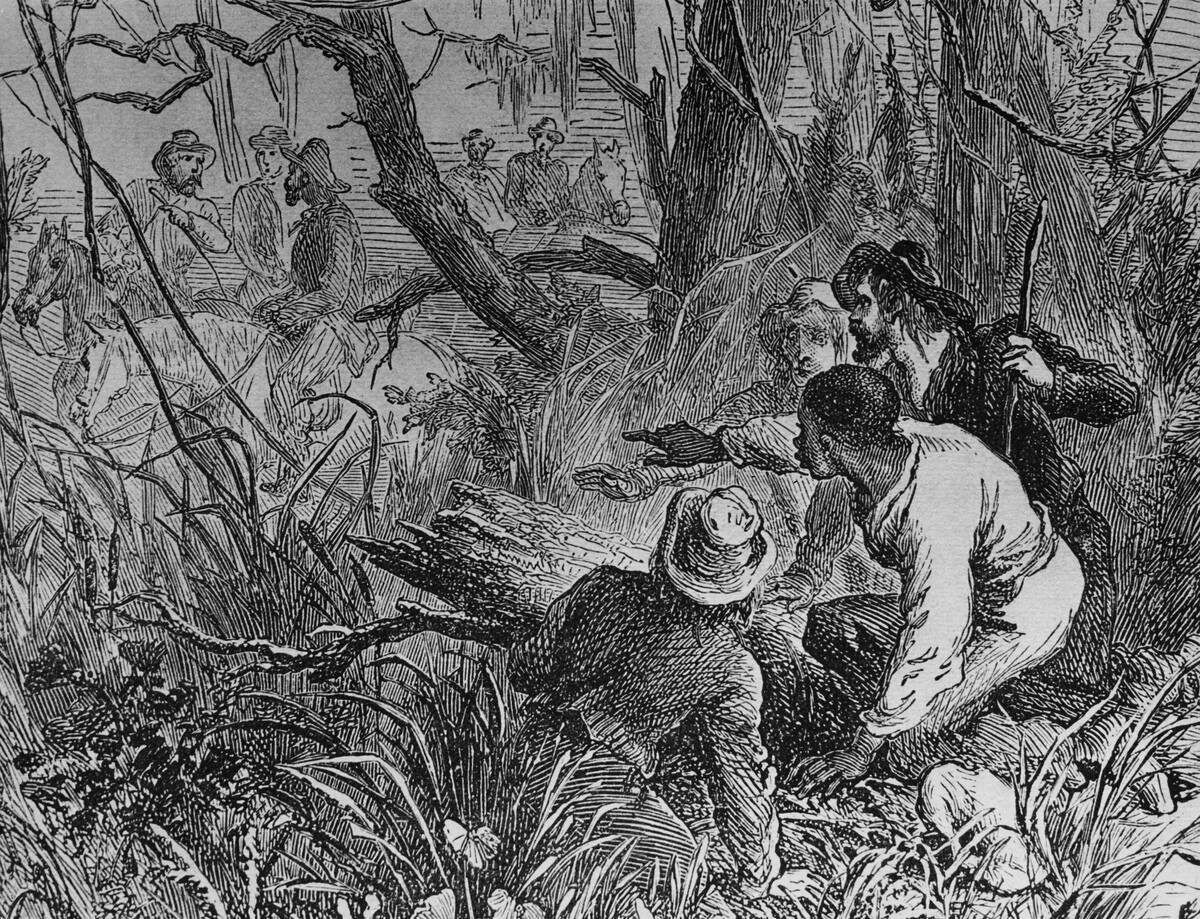
The Underground Railroad is often depicted as a widespread, organized network of secret routes and safe houses, but it was more decentralized. While many courageous individuals helped enslaved people escape to freedom, the system was largely informal and relied on personal networks. The efforts of figures like Harriet Tubman were crucial, but the myth of a highly structured network overshadows the local and spontaneous nature of these acts of bravery, highlighting the risks and challenges faced by those involved.
The True Impact of the Gold Rush
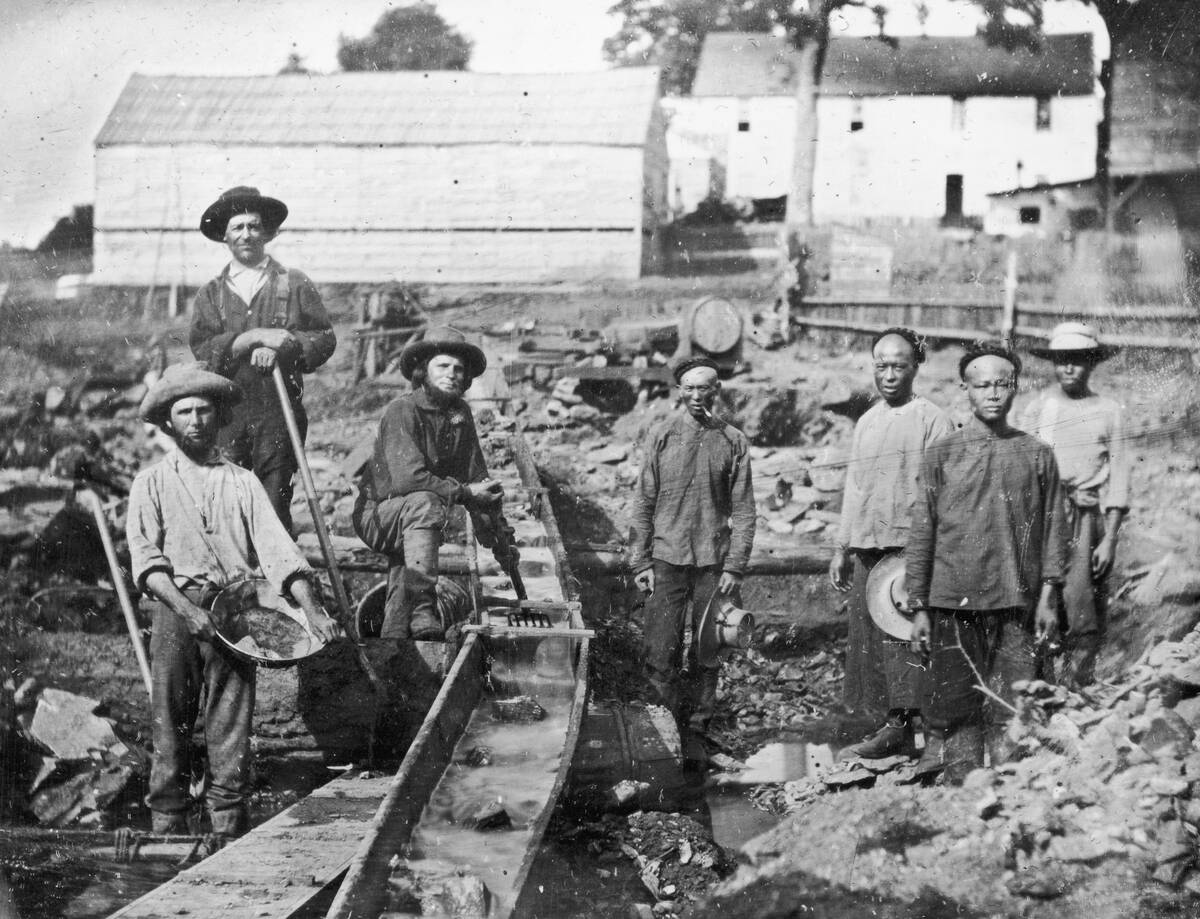
The California Gold Rush of 1849 is often romanticized as a time of easy riches, but the reality was much harsher. While some prospectors did strike it rich, many more faced hardship and disappointment. The rapid influx of people led to significant environmental changes and conflicts with Native American populations. The Gold Rush also accelerated California’s statehood and had lasting effects on the American economy, but it was not the golden opportunity often portrayed in popular narratives.
The Reality of Prohibition and Its Effects
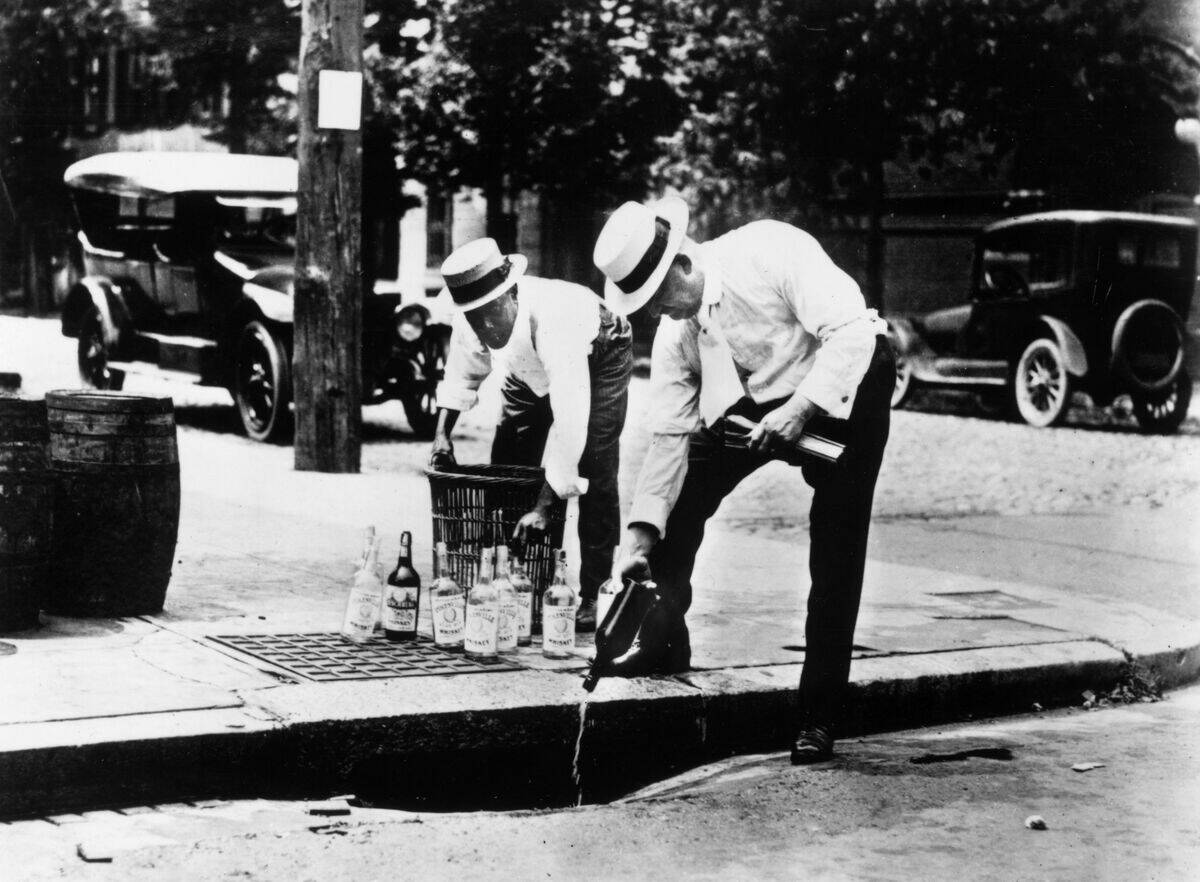
Prohibition is often remembered as a time of speakeasies and bootleggers, but its impact was profound and wide-ranging. The 18th Amendment, which banned alcohol, led to an increase in organized crime and illegal alcohol production. While intended to curb alcohol consumption, Prohibition instead fueled criminal enterprises and corruption. The era also saw the rise of jazz culture and shifts in social norms, revealing the complexities of legislating morality and its unintended consequences on American society.
Misconceptions About Women’s Role in American History
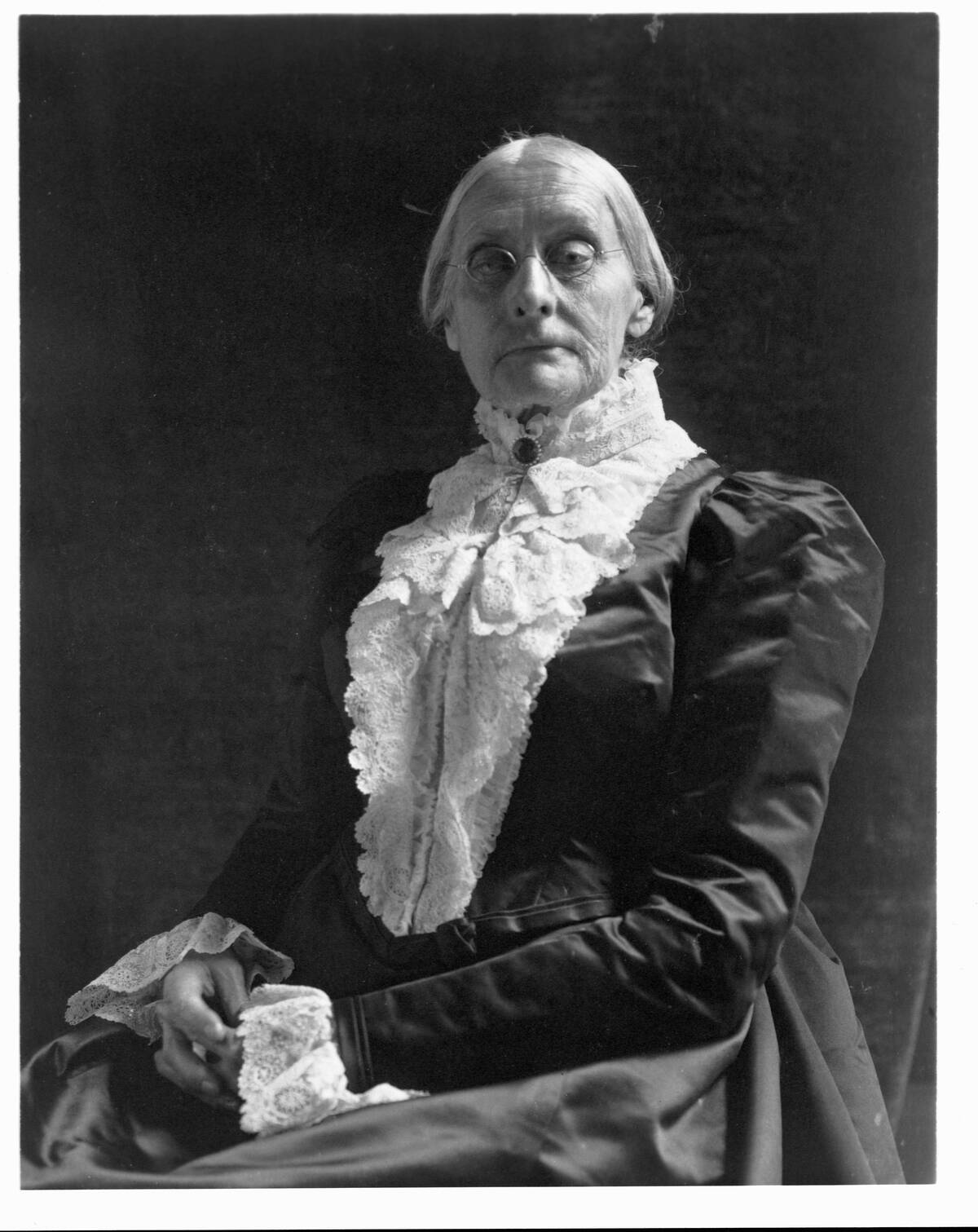
Women’s contributions to American history are often underrepresented or oversimplified. From the suffrage movement to their roles in the workforce during wartime, women have played crucial roles in shaping the nation. Figures like Susan B. Anthony and Sojourner Truth were instrumental in advocating for women’s rights, yet many women’s stories remain untold. Acknowledging the diverse experiences of women across different eras and communities enriches our understanding of American history and highlights ongoing struggles for equality.
Unraveling the Facts About the Space Race
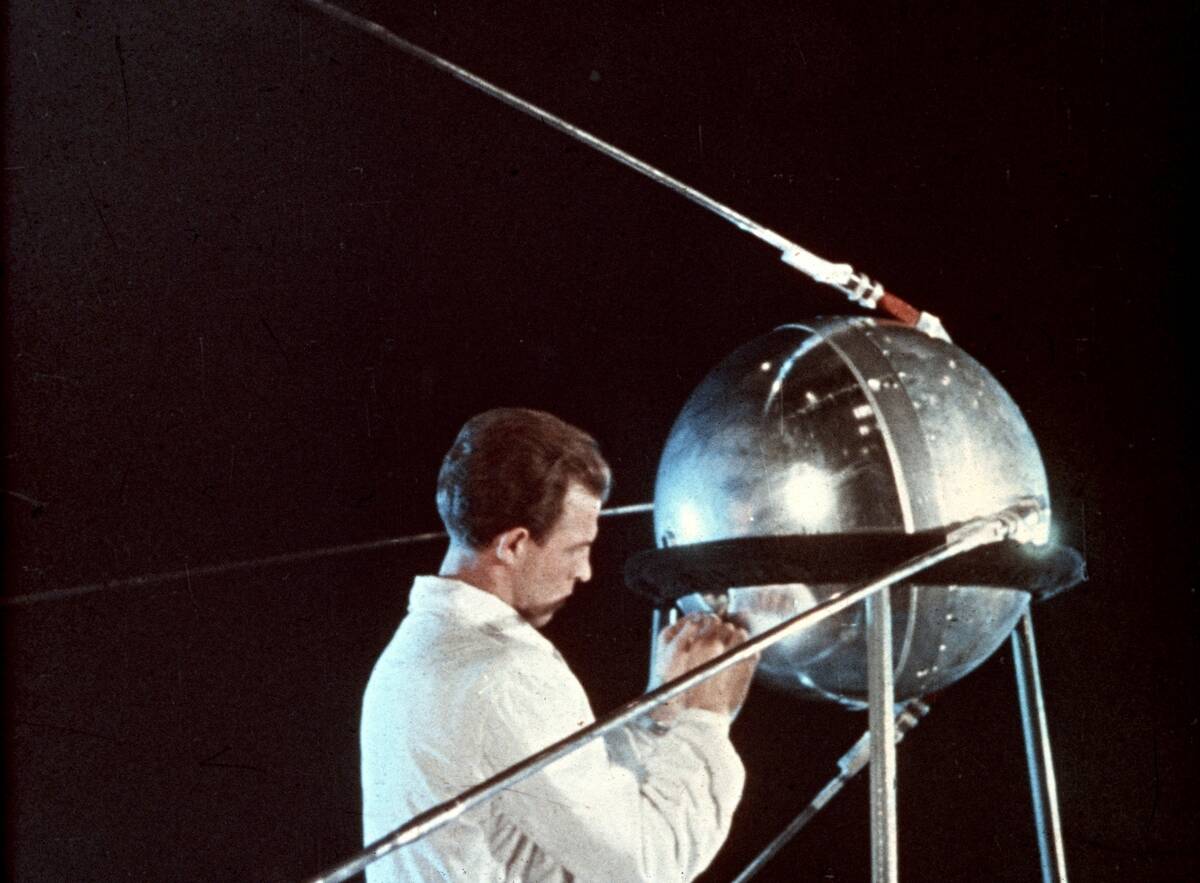
The Space Race is often seen as a straightforward competition between the US and the USSR, but it was more complex. While the 1969 moon landing was a significant victory for America, both nations achieved remarkable feats. The Soviet Union launched the first artificial satellite and placed the first human in space. This period of intense rivalry spurred technological advancements and international cooperation, ultimately leading to the establishment of the International Space Station and ongoing exploration efforts.
The Real Influence of the Hollywood Golden Age
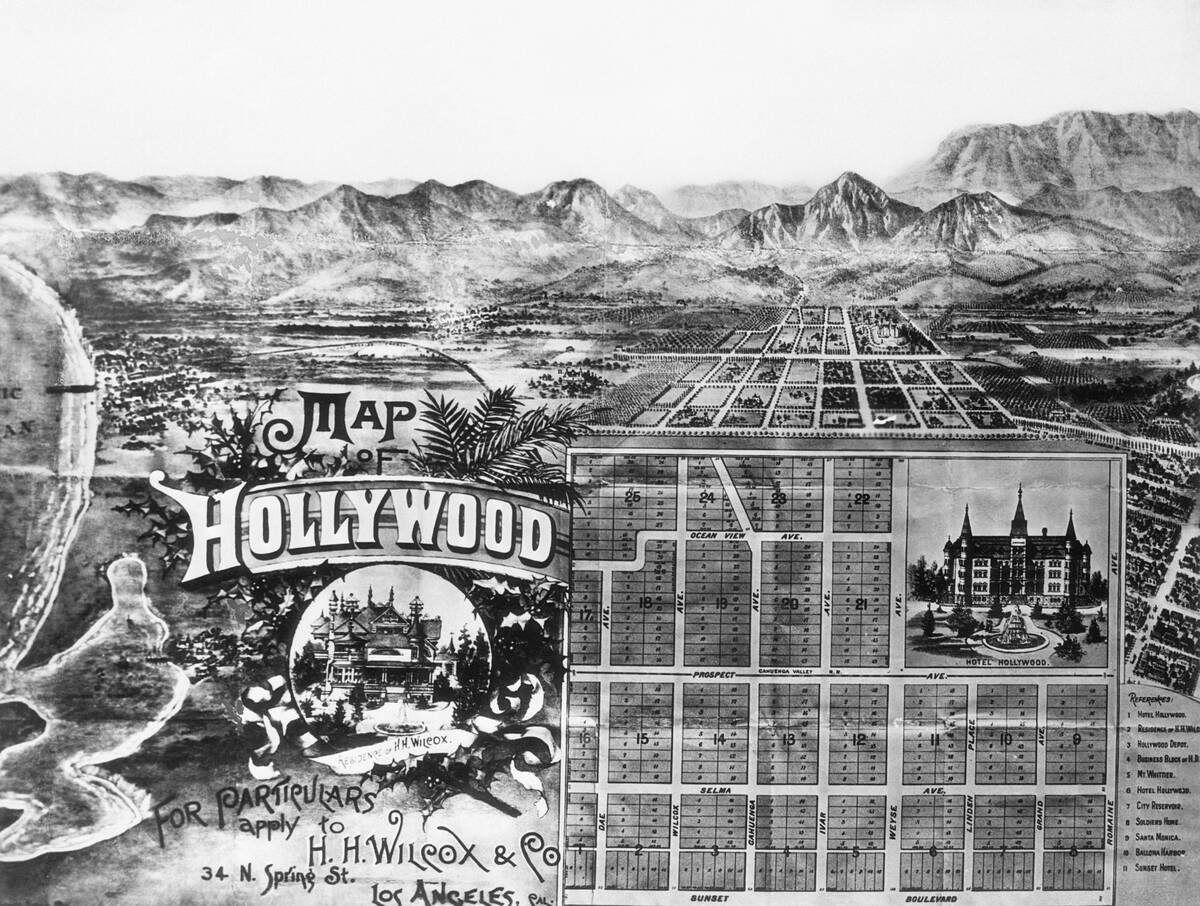
The Hollywood Golden Age is often romanticized as a time of glamorous stars and classic films, but its influence was multifaceted. The studio system controlled the industry, shaping the careers of actors and the types of films produced. While it produced iconic movies, it also faced criticism for censorship and lack of artistic freedom. The era laid the groundwork for modern filmmaking and celebrity culture, but it was also a time of significant change and challenge within the industry.
Re-evaluating the Vietnam War Era

The Vietnam War is often remembered for its controversy and protests, but the era was also a time of profound social and political change. The conflict sparked debates about American foreign policy and military intervention. Domestically, it influenced the civil rights movement and counterculture. The war’s legacy is complex, affecting veterans and shaping public distrust in government. Understanding this period requires examining the broader socio-political landscape and its lasting impact on American society.
Common Misunderstandings About the Civil Rights Movement
![Reverend [redacted]](https://media.tellmebest.com/wp-content/uploads/2023/07/reverend-dr.-martin-luther-king-jr-10010.jpeg)
The Civil Rights Movement is often simplified as a brief period of activism led by a few key figures, but it was much broader and longer-lasting. While leaders like Martin Luther King Jr. played pivotal roles, countless individuals and grassroots organizations were instrumental in driving change. The movement addressed a range of issues, from voting rights to economic equality. Its legacy continues to influence social justice efforts today, reminding us of the ongoing struggle for civil rights and equality.



